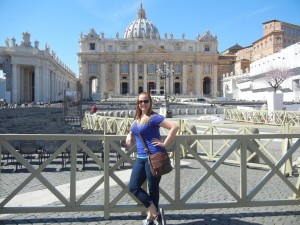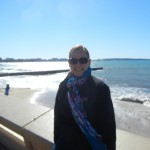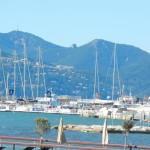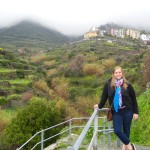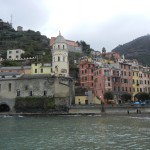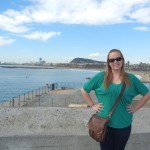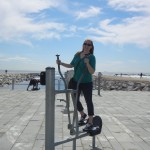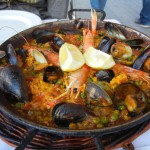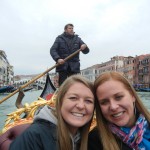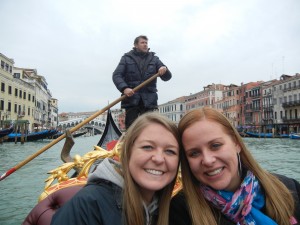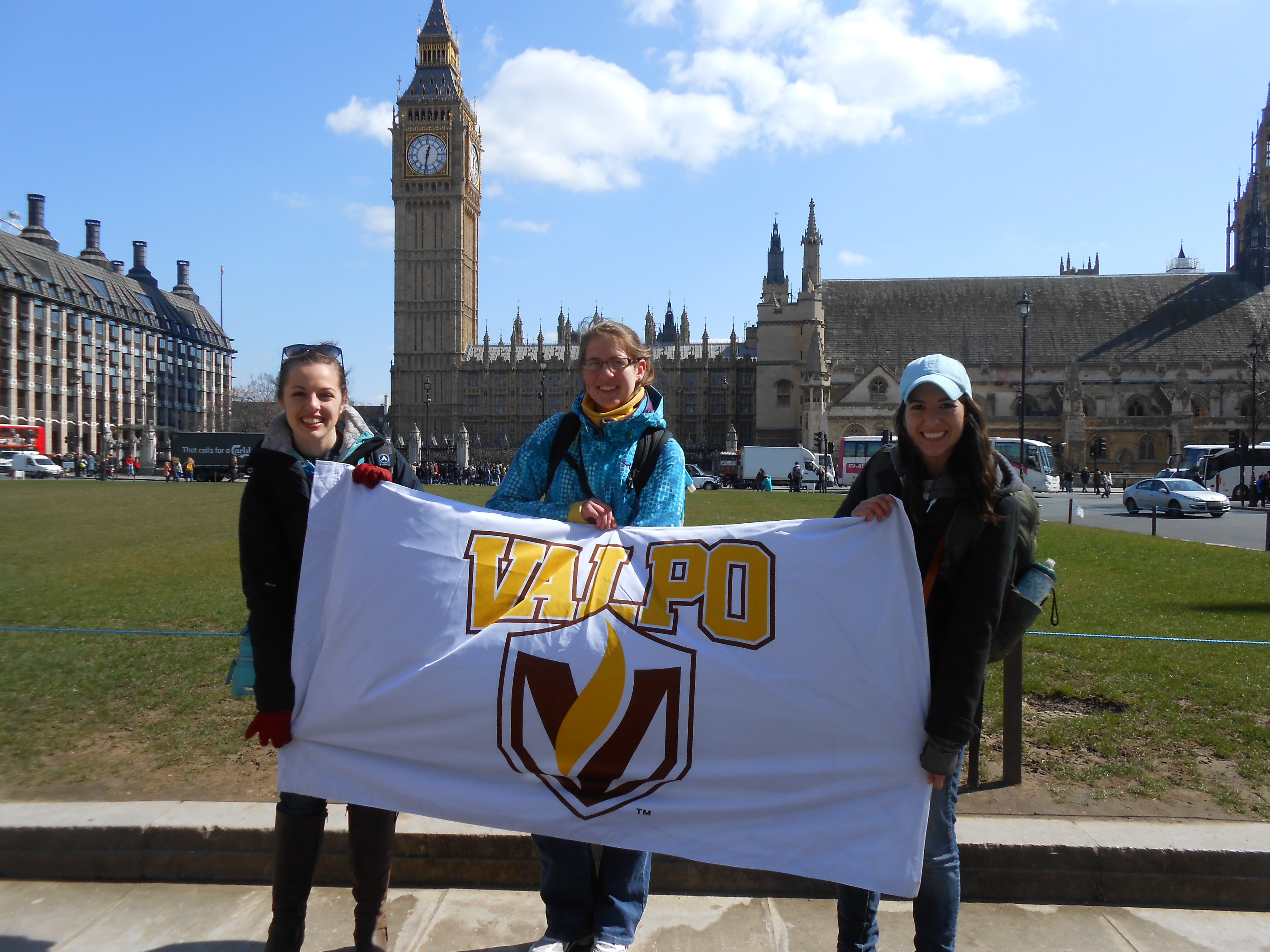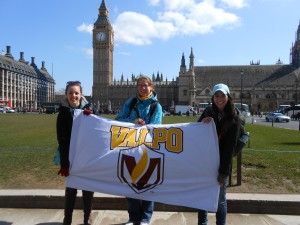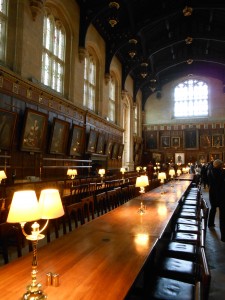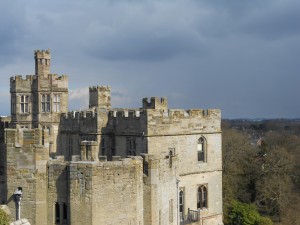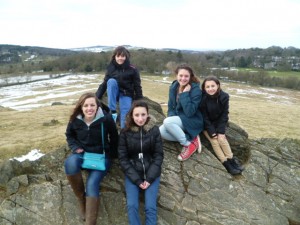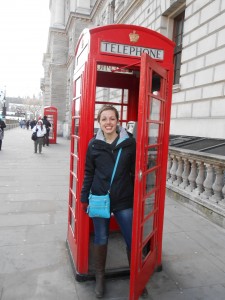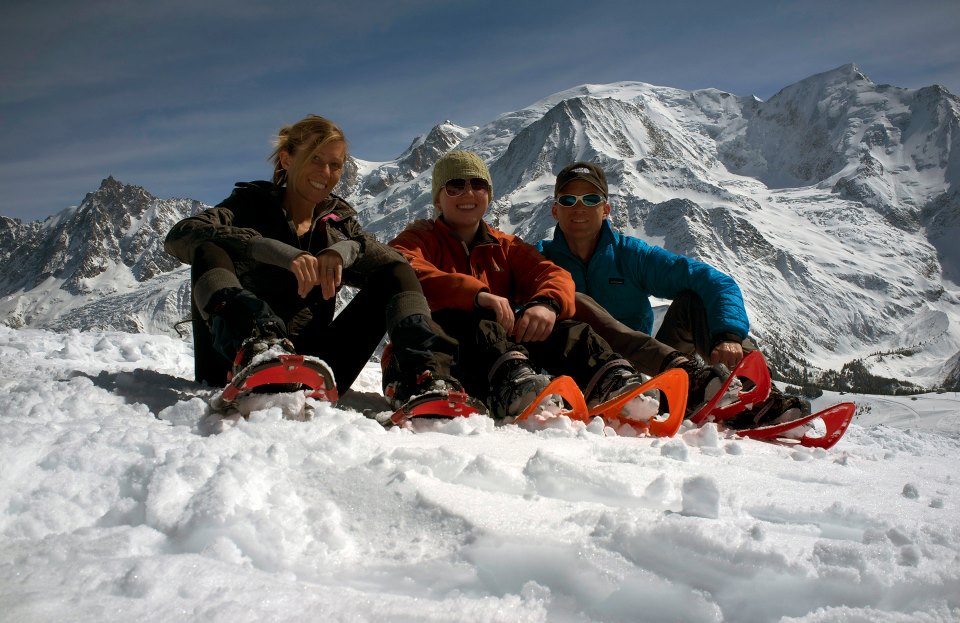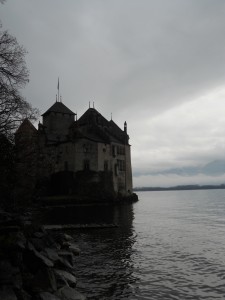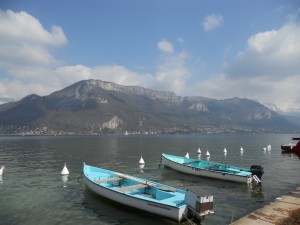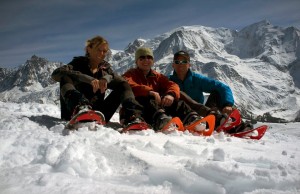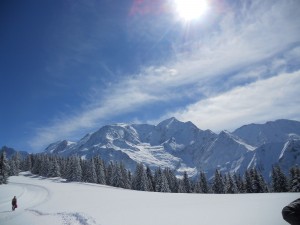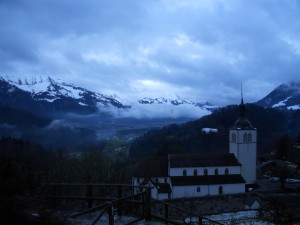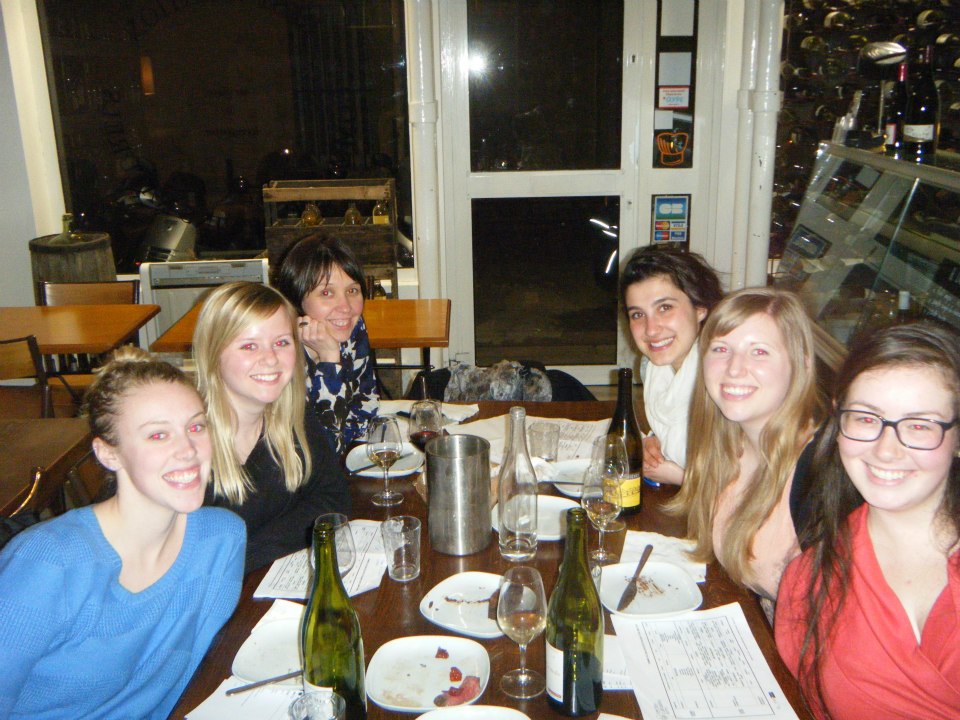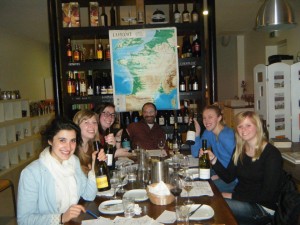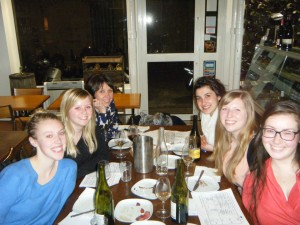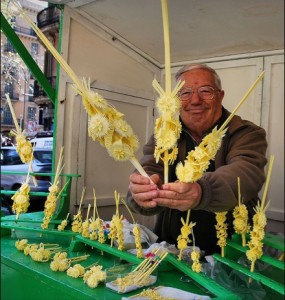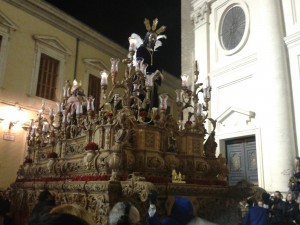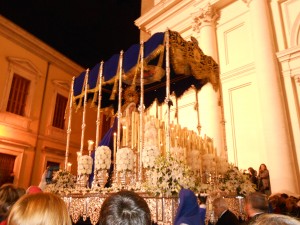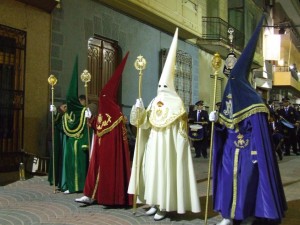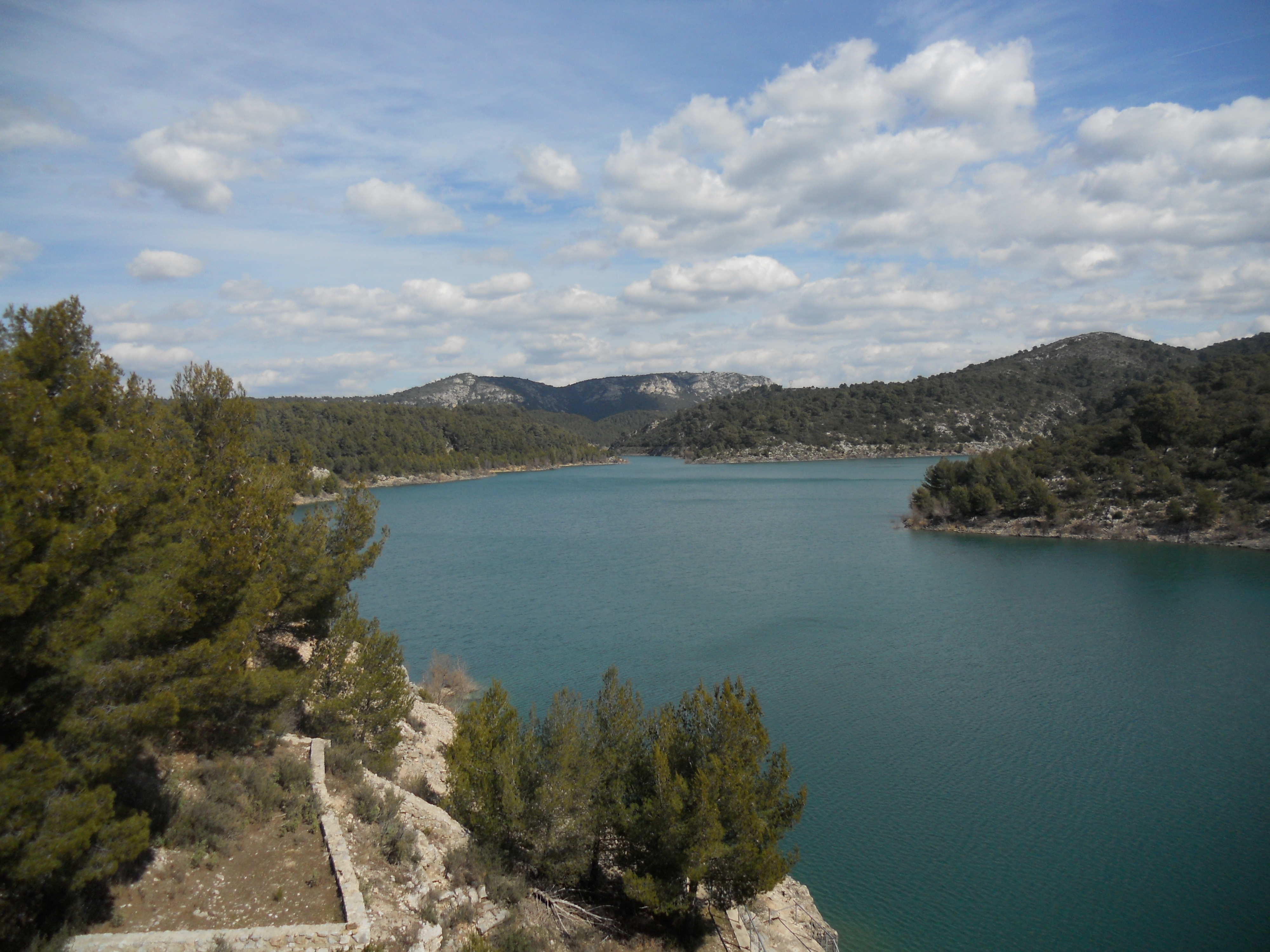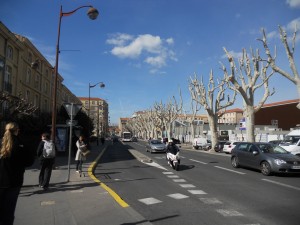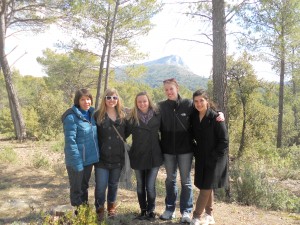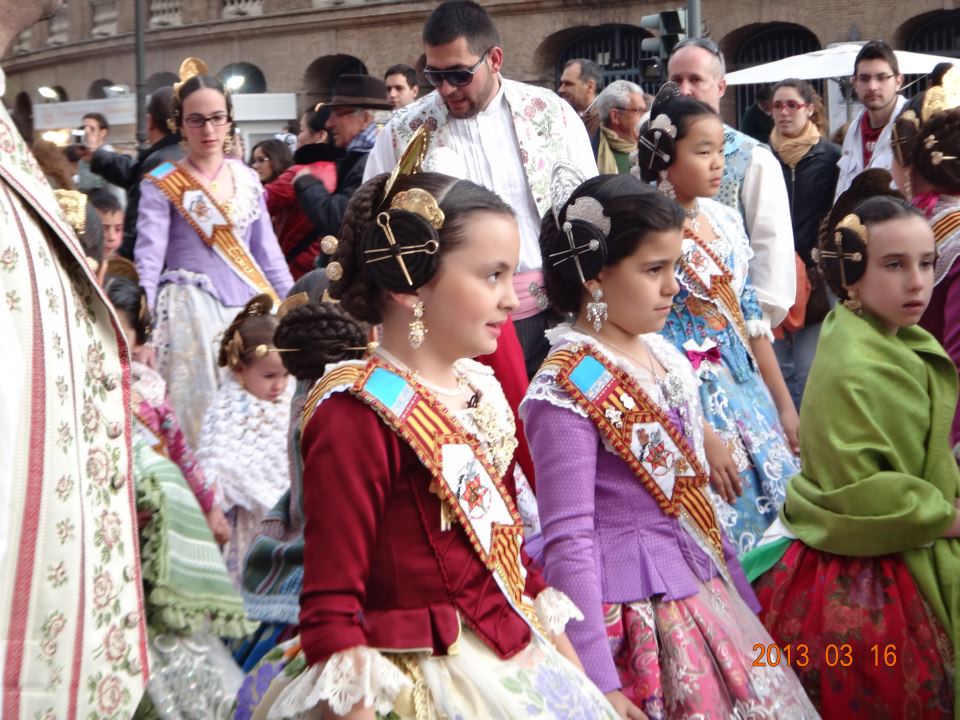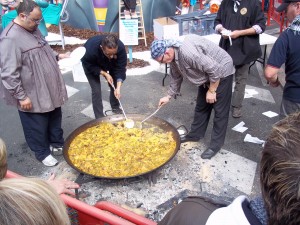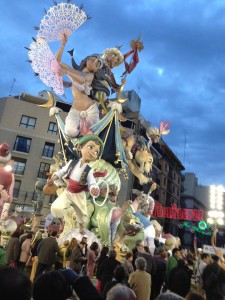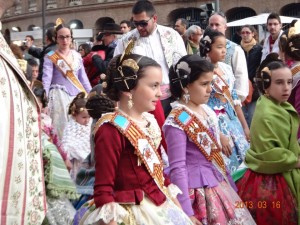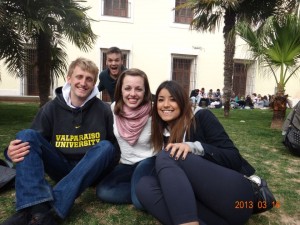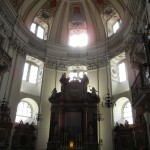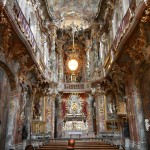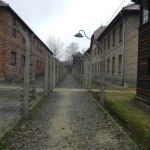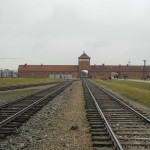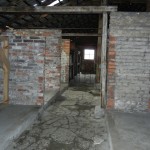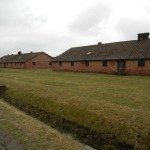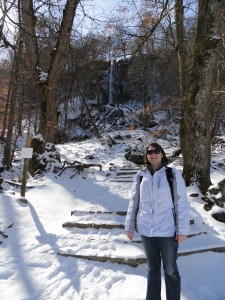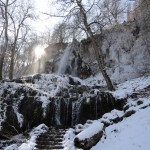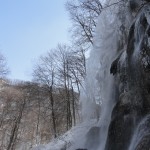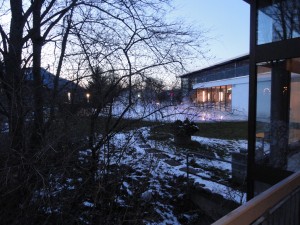During the past 18 days, I have been fortunate enough to be able to travel to four different countries and nine different cities. I started out in Rome, Italy, and, of course, visited Vatican City (which is its’ own country), then went up to Florence, Venice, stopped over in Milan for a few hours on my way to Cinque Terre, from which I went to Nice, France, over to Barcelona and Madrid, Spain, and finally ended my travels in Lisbon, Portugal. It was such an amazing experience, but all the while I had many conflicting feelings.
Of course I was ecstatic to be where I was. I was in some of the most beautiful places that I have ever seen. On Easter morning I was sitting on the beach in Cannes, France over looking the Mediterranean Sea while eating a crepe, it was awesome. Venice and Cinque Terre are also two of my favorite places on earth and two places that I absolutely have to visit again. However, as the days went by and I explored more and more places that I began to fall in love with, I realized that I really might never be able to come back to visit again, realistically that is.
At each city we were in, we may have stayed, longest two and a half days. Other cities we were only in for a few short hours. I thought of this break as a chance to see places and scope out everywhere that I will want to return in future years in more depth, since really, we only were able to break the surface on most of the cities. Thinking about it on those long train rides from place to place, however, I realized that I might not ever have the funds to be able to come back to Europe so many times to actually be in Venice for a week or Cinque Terre for another week. I probably won’t be able to come back a third time and visit Nice to go scuba diving and cave diving.
Now, don’t get me wrong, if I had the chance to study abroad again or even do my two week break again, I would in a heartbeat. And, maybe really that’s the whole point. Right now, in my college years, I have the chance to see all of these amazing places and experience all of these amazing things. We have this opportunity to live in a country so different from our own and travel anywhere we really want to. It’s almost like a bitter-sweet feeling now, because I loved every moment of my break, but I’m sad to admit and to come to the realization that I might not be able to relive it and experience Italy and France and Spain again in the way I have.
Leaving some places, such as Barcelona, I found that I was extremely sad to leave because I met so many new amazing people that I would probably never have the chance to see again. However, the conversations that I had and everything I learned about them, their cultures and their different ways of life I will forever have with me, and that really is the reason for studying abroad. It’s really about the experiences and knowledge to take back home with you. As much as I do not want to go home in five short weeks, I am excited to share my stories and experiences with my friends and family and hope that maybe they can help convince others to one day study abroad and travel the world like I am.
